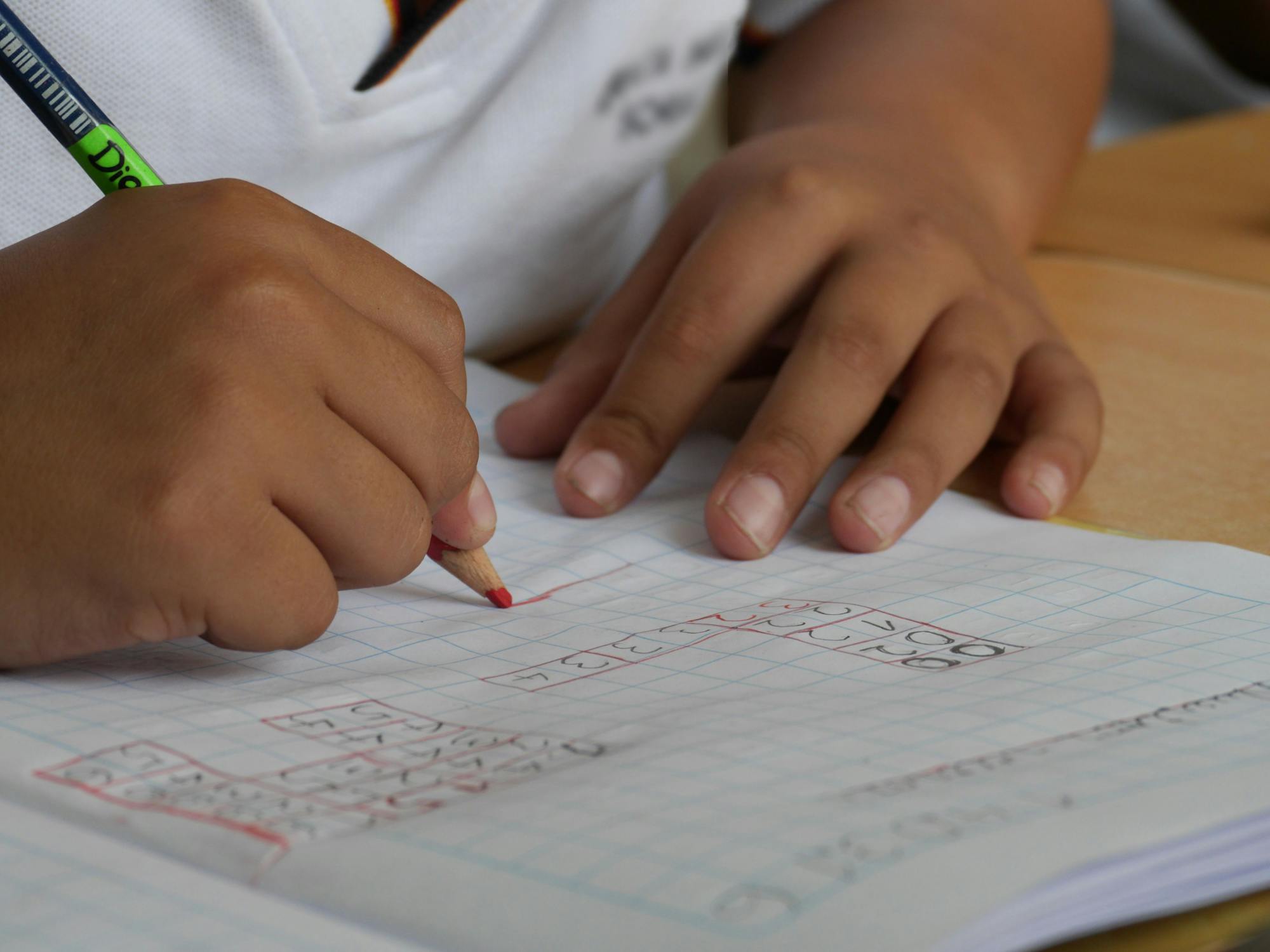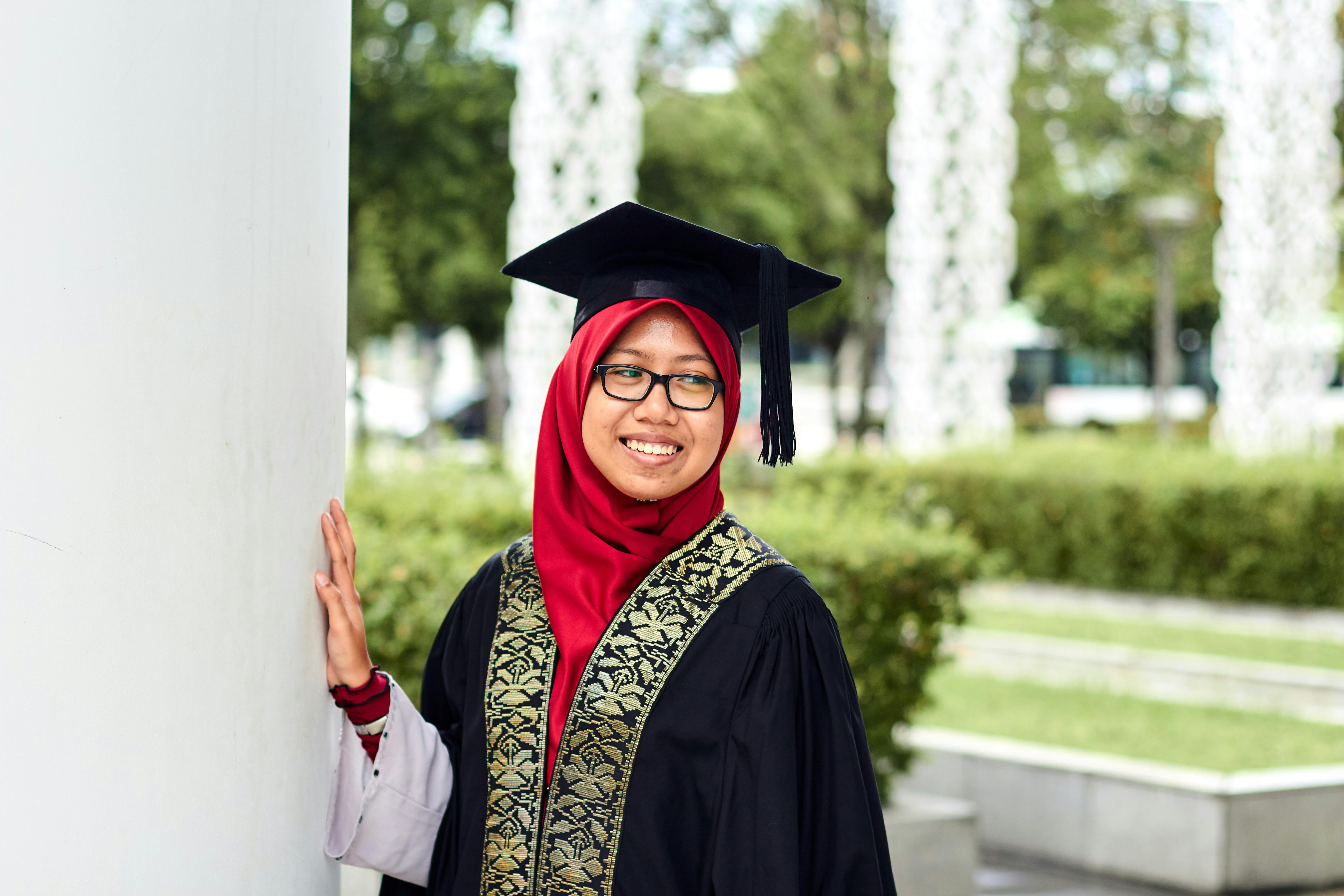Nicaragua: The Sandinista Revolution cools off
By Owei Lakemfa
IT was stunning. If it were a football match, it would have been said to be against the run of play. Nicaraguan youths who had risen against the brutal regime of Anastazio Somoza Debayle, on July 17, 1979, rode into Managua putting an end to the reign of the United States-backed butcher. Somoza was so bestial that even his main backer had to publicly distance itself from him.
Somoza fled to Asuncion, Paraguay, but the unrelenting Nicaraguan youths sent a seven-person commando team of three ladies and four men after him. On September 17, 1980, the commandos in the “Operation Reptile” shot a RPG-7 rocket launcher into his car. The former dictator was burned beyond recognition and forensics had to identify him through his feet.
It was also the height of the Cold War, and these youths who called themselves Sandinistas made it clear they were carrying out a peoples revolution like was done 20 years earlier in Cuba by revolutionaries like Fidel Castro, Ernesto Che Guevera, Celia Sanchez, Haydee Santamaria and Camilo Cienfuegos.
The Sandinistas took their name from Augusto Ceaser Sandina, the Nicaraguan patriot who led the rebellion against the United States invasion of the country from 1922 – 1934.
The US would not tolerate youths in what it regarded as its backyard not just to defeat a pro-American regime, but also to be pro-East. It decided to crush the revolution, and had the means to do so, except that the Nicaraguan population were in full support of these patriotic youths.
Since Nicaraugua relied a lot on American donations, the US decided on three strategies. First, was to starve the Nicaraguan population into submission by stopping all American aid and imposing punitive sanctions that would not allow the country to trade. Secondly, it decided on outright terrorism by laying mines in Nicaraguan civilian ports and blowing up anchored ships. Thirdly, it established a mercenary force which included counter- revolutionaries. This force, established by 1981, was called the Contras.
Since the Regan administration could not legitimately use US resources to fund the Contra terrorists, it decided to illegally sell arms to Iran which itself was under sanction, and use the proceeds to fund the Contras. This racket, run by US Colonel Oliver North, became known as the Iran-Contra Scandal.
Given the multiple attacks by the US, a starving population which was unable to farm due to the banditry activities of the Contras, the Sandinistas made a call to the world to come to Nicaragua’s aid. There was a world-wide response with people making various donations but Nicaragua needed more. It needed its youth population to be free to battle the Contras, but they were also needed on the farms and, to carry out rural community development. So, the Sandinistas directly appealed to the youths of the world to come over to Nicaragua and assist.
Youths from various countries formed International Brigades and began making their way to Nicaragua to defend the popular revolution. It was reminiscent of the International Youth Brigades that poured into Spain to fight for the Spanish Revolution of 1936 against fascists and extreme right forces. The latter were supported by Hitler’s Germany, Musolini’s Italy with US, Britain and their allies claiming neutrality. That war was the dress rehearsal for the Second World War and the victory of the fascists in 1939 led to that war.
This time, the Nicaraguans were not asking the international youths to pick up the gun, but naturally, they would need to defend themselves if attacked.
The Sandinistas were quite popular in Africa, particularly Nigeria. In fact, one of the then leading student leaders, Femi Ahmed, later Pastor Femi Israel, adopted the sobriquet, Sandinista. There were many Nigerians youths ready to travel and defend the Sandinista Revolution. But Nicaragua was quite far and there were no ready funds to pay for flight tickets.
So, two youths were picked to go represent Nigerian youths. One of them was Miss Ngozi Ojidoh, later Mrs Iwere. She was a French Language student of the Bayero University, Kano. She had been the Public Relations Officer of the National Association of Nigerian Students, NANS.
The other was the ‘indestructible’ Shola Mic Olorunyomi who had been President of the University of Ilorin Students Union. They joined other international youths in Nicaragua, and gave a good account of the resilience and commitment of Nigerian youths.
The Nicaraguan Revolution produced some of the most romantic revolutionaries of the 20th Century. There was Tomas Borge who in 1961 had, along with Carlos Fonseca and Silvio Mayorga, formed the Sandinista National Liberation Front. Fonseca and Mayorga died in combat, but Borge witnessed the revolution and became the Interior Minister. On April 30, 2012, he marched on at 81.
There was Nora Astorga, whose captivating story I told in my March16, 2018 tribute titled, “Nora Astorga: A Woman Like No Other.” In 1978, as a successful 30-year-old lawyer, she lured the Deputy Commander of the Nicaraguan National Guard, General Reynaldo Perez Vega, to a secret rendezvous where he died trying to resist arrest by a Sandinista commando unit.
When after the revolution she was appointed Ambassador to the US, the Americans rejected her appointment. So, the Nicaraguans appointed her their Deputy Permanent Representative to the United Nations, at which point the Americans had no choice but issue her a visa. On February 14, 1988, she fell to cervical cancer.
One of the most romantic Sandinista revolutionaries was the Catholic Priest, Miguel d’Escoto, who rose to become President of the United Nations General Assembly in the 2008/2009 Session, and significantly, the Libyan Permanent Representative to the United Nations in 2011.
He had revealed he was a Sandista rebel in 1977. Two years later, when the revolution was carried out, he became the Foreign Minister, a position he held for eleven years. Pope John Paul II had, in 1985, suspended him and two other priests, the brothers Ernesto and Fernando Cardenal, for serving in the revolutionary government. The suspension was lifted 29 years later by Pope Francis. Father d’Escoto passed on June 8, 2017 at 84.
Another set of brothers the revolution threw up were Daniel Ortega, who became President, and Humberto Ortega who was Chief of Army Staff. They reminded me of the Cuban brothers, Fidel and Raul Castro who held similar positions in their county.
However, unlike the Castro brothers whose comradeship was life-long, the Ortega brothers later split. Daniel led the country from 1979 -1990. Lost elections but was re-elected in 2006, and, again in 2021. Humberto felt that his brother should unite the entire country through tolerance and dialogue.
On September 30, 2024, Humberto took his leave; his passage came at a time the Sandinista Revolution had cooled off.
The post Nicaragua: The Sandinista Revolution cools off appeared first on Gavel International Ltd..
Disclaimer: The information contained in this content is for general purpose only and is generated from different sources other than MenBills Colony. Kindly report any fake news or false statement to support@menbills.com.ng









Samuel4
on ‘My wife was pregnant for another man inside marriage’
27-09-2024 04:43:01am
Ishiro
on ‘My wife was pregnant for another man inside marriage’
23-06-2024 11:38:24am
Ishiro
on ‘My wife was pregnant for another man inside marriage’
23-06-2024 11:38:14am
Oladunni
on ‘My wife was pregnant for another man inside marriage’
22-06-2024 04:19:58pm
Candy100
on Man who made allegations against E-Money and late Junior Pope’s wife publicly apologizes
22-06-2024 08:02:49am
Candy100
on BREAKING: Kano Govt Makes Fresh Announcement Over Emir Sanusi Amid Tussle In Kano
21-06-2024 08:15:39pm
Candy100
on 2027: Obi gives condition for merger with PDP
21-06-2024 08:10:14pm
Candy100
on Hajj: Last set of FCT pilgrims to report at camp today
21-06-2024 08:09:27pm
Shakeerah
on BREAKING: Kano Govt Makes Fresh Announcement Over Emir Sanusi Amid Tussle In Kano
21-06-2024 08:40:05am